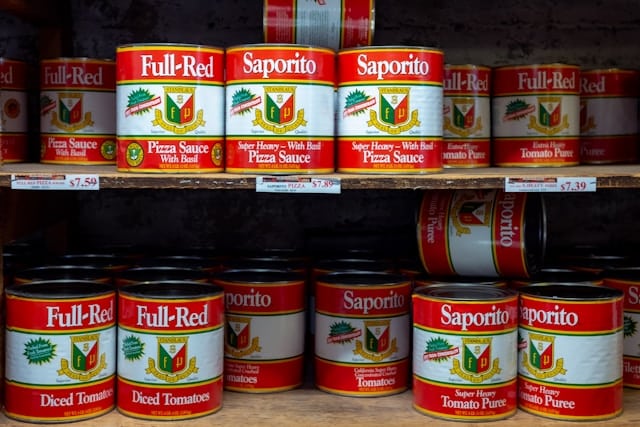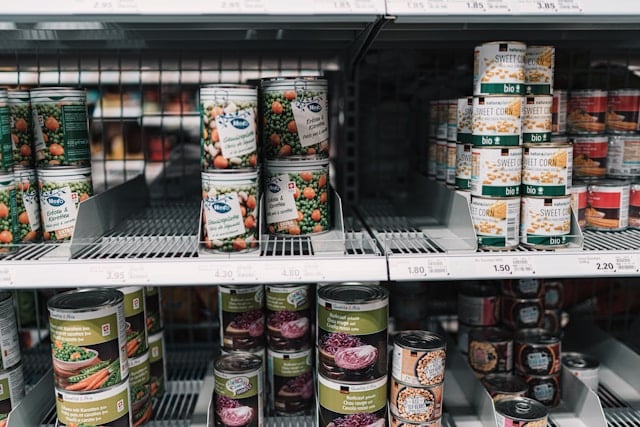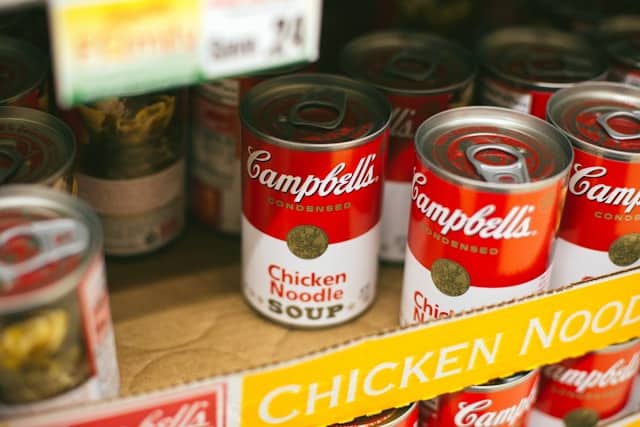Ever wondered what “best by” labels on canned goods mean? Contrary to popular belief, these dates don’t indicate expiration. Instead, they highlight when the food is at its peak quality. With proper storage, many canned foods can be safely consumed long after the date printed on the can.

- Canned Corn and Green Beans: These staples can last 1-2 years beyond the “best by” date if stored in a cool, dry place. Over time, expect gradual changes in texture and flavor, but they’re still safe to eat.
- Canned Tuna: This pantry favorite has an impressive shelf life of 3-5 years past the “best by” date when stored properly. While its quality may decline slightly over time, it remains safe for consumption.

Keeping your canned goods safe is all about being vigilant and knowing the warning signs.
- Inspect the Can: Immediately discard any cans that are bulging, rusted, dented, or leaking. These are telltale signs of spoilage.
- Check the Contents: If the food inside smells unusual, has a strange color, or shows any odd texture changes, don’t take any chances—throw it out.

Proper storage is essential to extend the life of your canned goods and preserve their quality.
- Choose the Right Spot: Store cans in a cool, dry, and dark place. Avoid areas with fluctuating temperatures or high humidity.
- Keep Them Upright: Always store cans upright to prevent potential leaks and maintain the food’s integrity.
- Rotate Stock: Use the “first in, first out” method—place newer cans behind older ones to ensure you consume the oldest first.
- Seal and Refrigerate Leftovers: If you only use part of a can, transfer the leftovers into a sealed container and refrigerate immediately.
Understanding “best by” labels can save you money and reduce food waste. With proper storage and a bit of caution, you can make the most of your canned goods while ensuring every meal is safe and delicious.
By following these simple tips, you can confidently stock up on canned goods and enjoy their long-lasting benefits.
